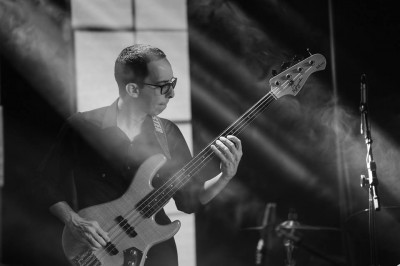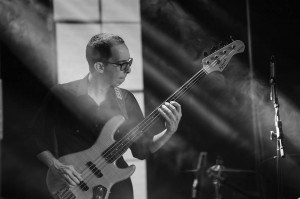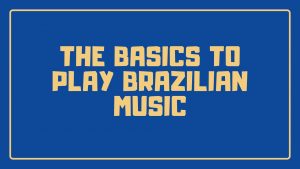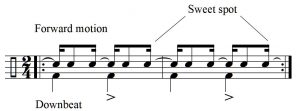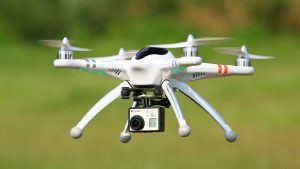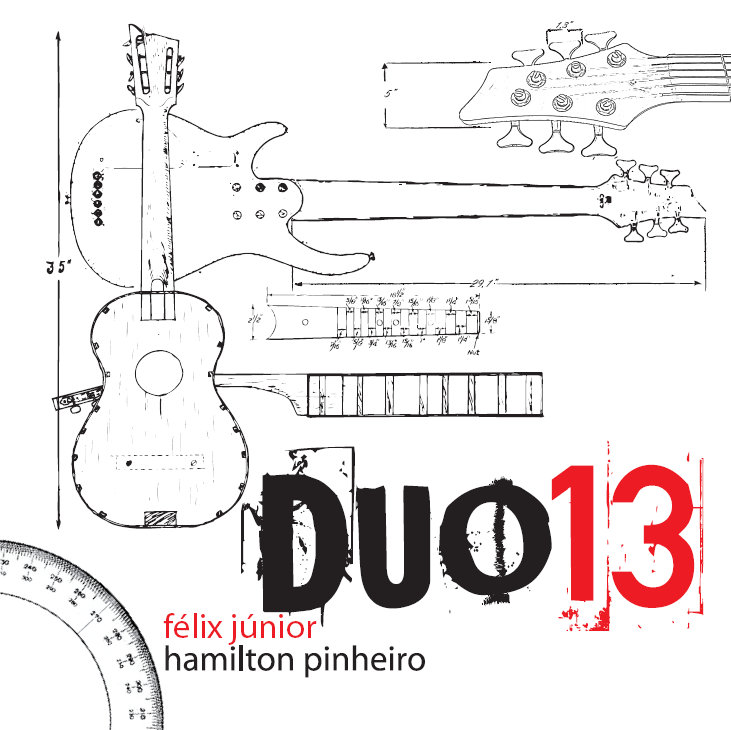In this, post I want to talk about a video named Sinal Vermelho that I did putting music and photography together. Sinal Vermelho is a video about people who need to sell things on roads intersections during the time the traffic light is red to get some earning. The video shows how the task is difficult and sometimes demeaning while compels the watcher to reflect about that situation. The existence of this “job” is another consequence of the inequality of opportunities my country still has.
Sinal Vermelho got a prize from the Brazilian cultural association Associação Traços and is part of the BSB2060 project (https://bsb2060.com/).
Before getting into the video, let me explain why Sinal Vermelho is so important to me.
Here is a thing… I have been a professional musician since 1990 and music has been my lifetime passion. Although I have always stated that music has been my only art form, looking back, I noticed that I always had a photography camera with me. Well, always a crappy photography camera.
In 2007 I bought a decent camera. I realized how I loved the new toy when I noticed that three hours after buying it, I had read the owner’s manual three times. In addition, in the following four weeks I took about 1000 pics a week. Since then, the camera has been my companion on basically every trip I have done. I have taken pictures of anything I find interesting. Things like buildings, landscapes, flowers, bugs, people, shadows, concerts, skies, trees, lakes, bottles, etc.
Four years ago, I got a professional level camera that triggered me to turn photography into something more than a hobby. I can say that the photography bug bit me.
A pause to explain about the camera.
Long time ago I realized that photography is about light and composition. That is it! It is not about the size or the quality of the camera. Light and composition! I know I mentioned on this text about the quality of the cameras I have owned, but the thing is not the camera itself. The thing is: I like to be part of the entire process of creating an image. I like to decide which configurations I would use to get a specific result and I like to spend time editing the final image to get what I visualized before pressing the camera’s button. A better camera allows me to control all these steps. I know it would be easier and faster to get the same image with my mobile, but I love spending time on the process. Remember: light and composition!
Back to the story!
I confess I got scared when I realized my passion to photography has raised to the same level as my passion to music. I was confused of how I would deal with both passions, how I would allow enough time to photography without jeopardizing music and how photography would affect my profession as musician. Fortunately, they do not compete for space in my heart. They help one each other. Actually, being a photographer helped me to be a better musician.
Now the video enters this story!
On a Sunday night, I read about a call for cultural projects in Brasília named BSB2060. The call invited artists from all art forms to send products that discuss how they would see Brasília in the year of 2060. Reading the project’s supporting arguments, I noticed that there was a strong social aspect to be explored on it. Although I could have proposed a musical project, I felt lack of objectivity because of the subjective nature of instrumental music, which is my main field.
Photography enters here!
Thinking about all possibilities I could explore, I understood that if I put photography and music together, I would be able to balance the objective aspect of the former and the subjective aspect of later to convey a strong and clear social message. I just needed to define a theme.
Changing subject again…
In the late 1990s, I would go very often to Brasília’s central bus station because I didn’t have a car. As it happens to almost any bus station in the world, there were poor people wandering and asking for change. During that period, while waiting for the busses, I noticed that some people standing in the lines just ignored the other ones when they asked for some change. What a degrading situation! I felt very touched and restless at that situation because I saw it almost every time I was waiting for a bus.
How could someone just ignore the existence of another human being just because of their social condition?
Later when I bought a car, I noticed that the same situation happens on roads intersections. When someone asks for change or tries to sell stuff during the red light, some drivers just close the cars’ windows and ignore whoever is outside.
My project’s theme was defined. I would talk about people who need to sell things on roads intersections during the time the traffic light is red to get some earning. The final product: a video with photos of people selling stuff during the red light backed by a composition that aims to reflect the mood of their situation.
On that very Sunday night, I composed the piece that would be the video’s soundtrack. On Monday, I recorded the tune and sent to piano player Misael Silvestre and harmonica player Pablo Fagundes to record their instruments.
On Wednesday morning I left home to get the pictures. I was pretty nervous because I am too shy to approach people and ask if I can take pictures of them. Soon I realized that there would have stronger feelings involved.
Firstly, I felt uncomfortable when I introduced myself as a photographer. I had never thought about it and have always introduced myself as a musician despite having a camera in my hands. I felt I wasn’t good enough or didn’t have enough production to be called a photographer.” On that moment I decided I would be musician AND photographer.
Secondly, spending some time chatting with the people I approached was overwhelming. As a guy who has never had problems to find jobs in music and has skills to find jobs on other fields if needed, it was heartbreaking* to chat with people who found on the traffic light trade their only option to earn something.
Can you imagine yourself waiting for a red light, rain or shine, to be able to earn some money? You will have 30 or 45 seconds to succeed. If nobody buys anything from you, you’ll have to wait for the next red light.
Can you imagine yourself trying to show what you have in your hands to someone inside a car and finding that the person is utterly motionless, like made of stone, pretending you are not there? Those people face these situations every single day.
Just give yourself some time to think about it.
When I got home, I just selected the pictures and edited the video as you can see below.
This was my first public work as a photographer and it showed me that I can use my arts – photography and music, to help people. I’ll do it more.
* Because of my limited vocabulary, I don’t know if the word “heartbreaking” is strong enough to conveys what I felt. It was one of the strongest feelings I have ever felt. You can replace “heartbreaking” to the strongest same-meaning word you know.
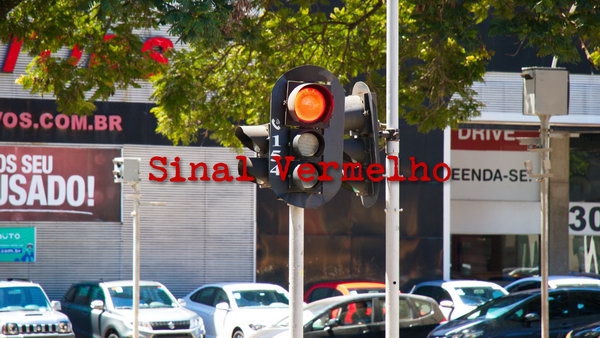
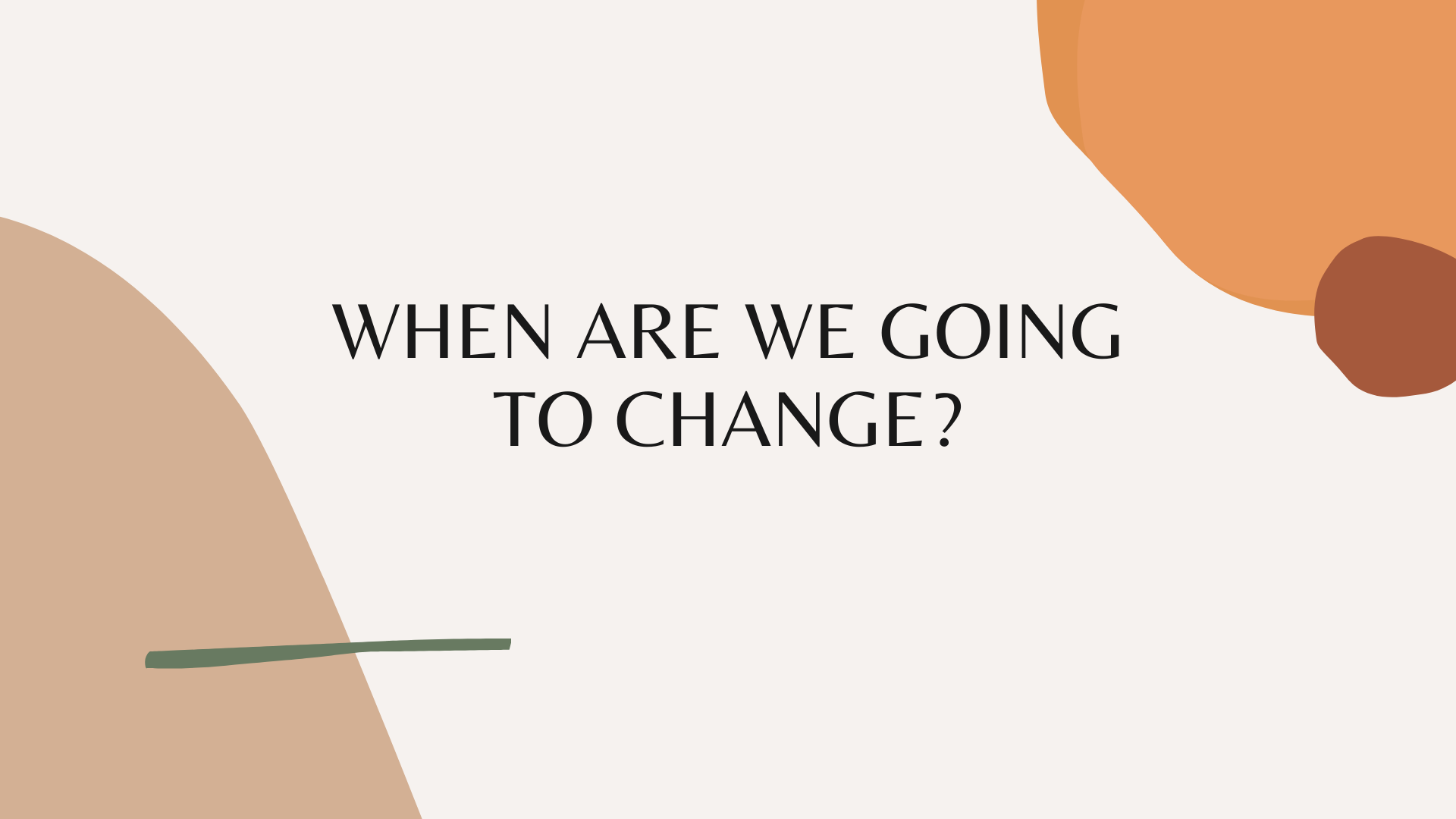
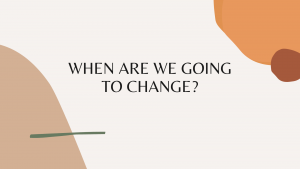
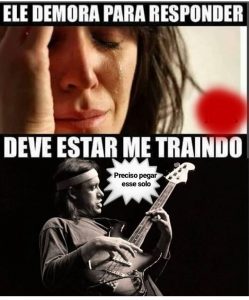



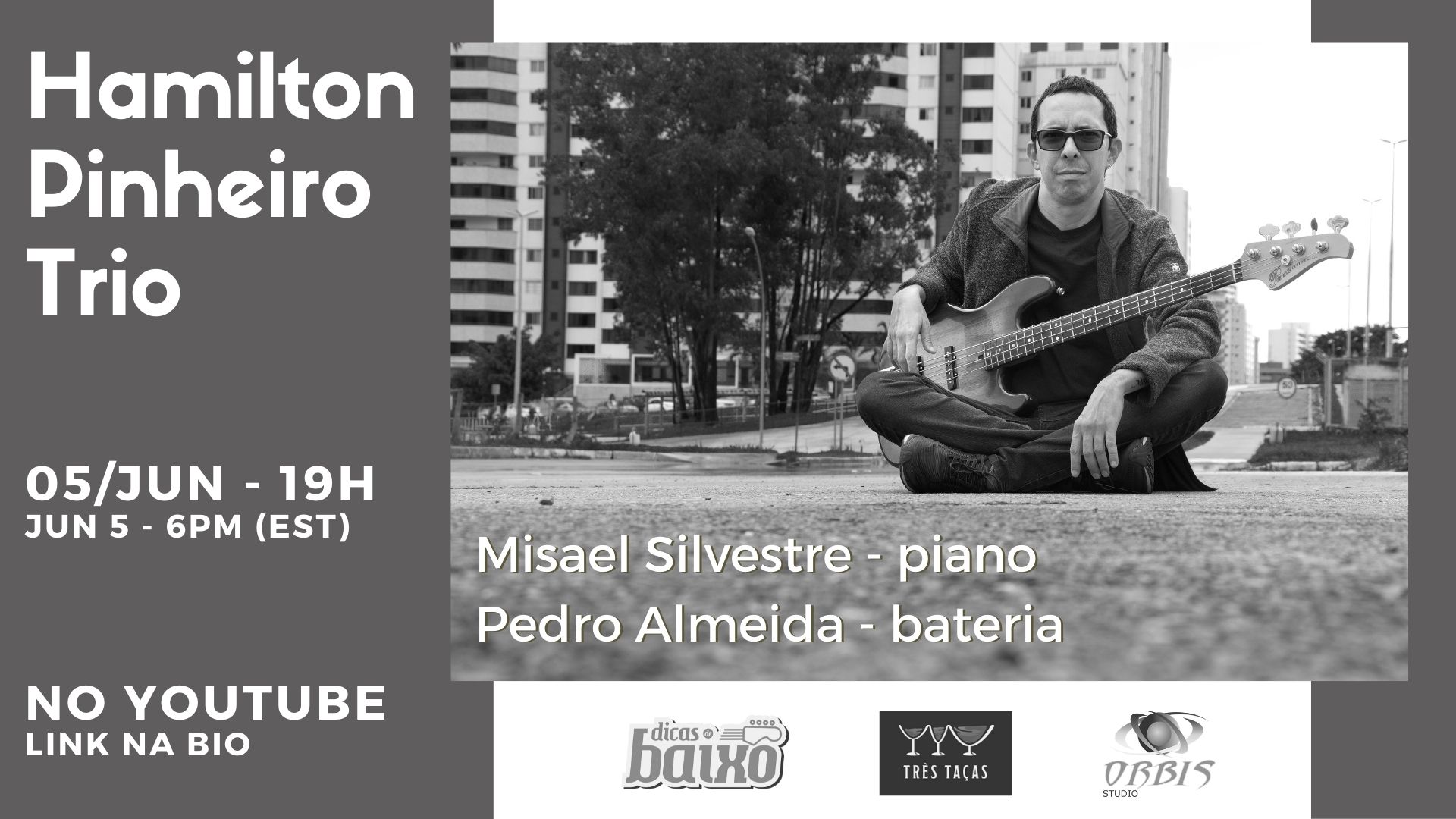
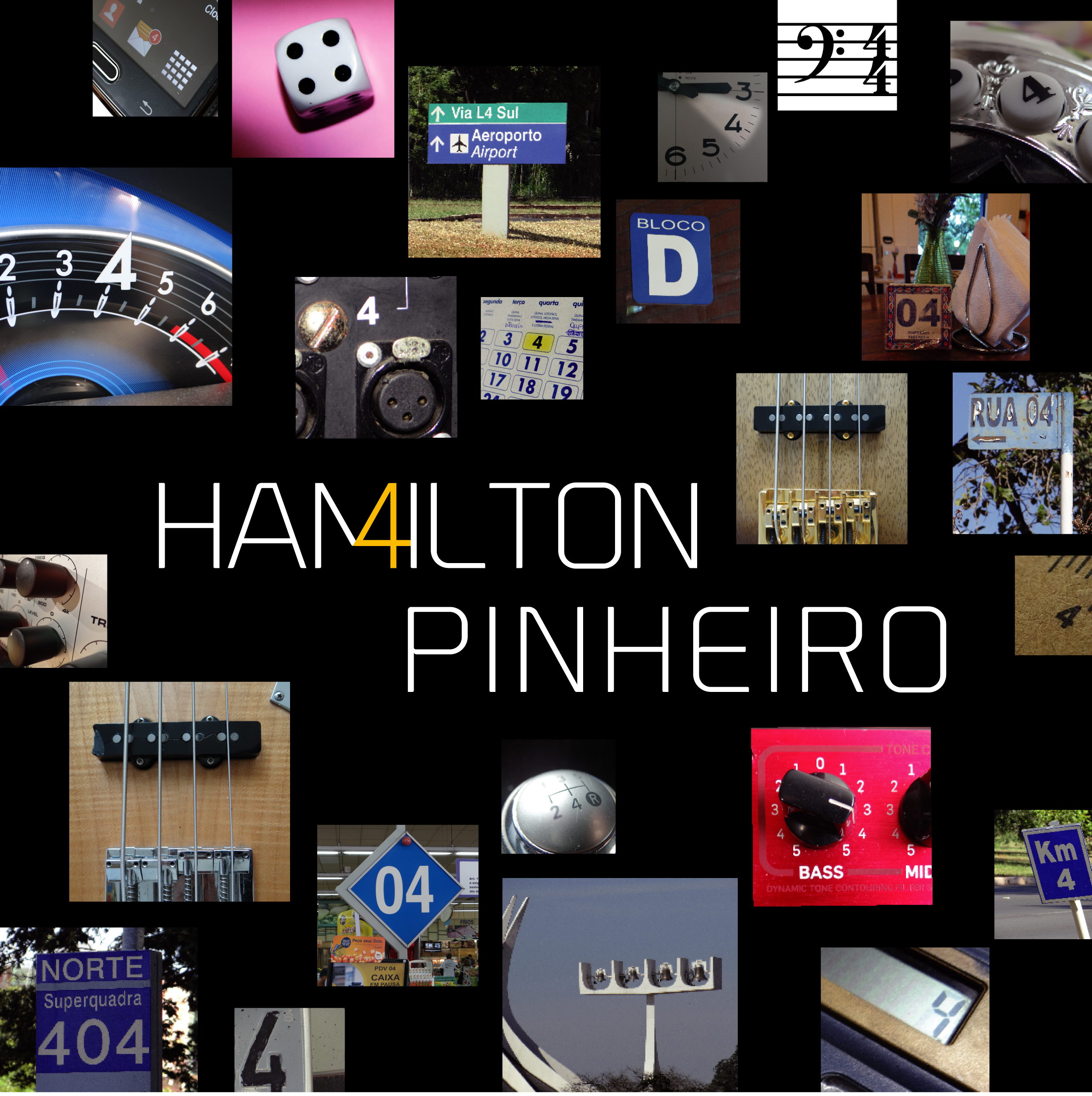
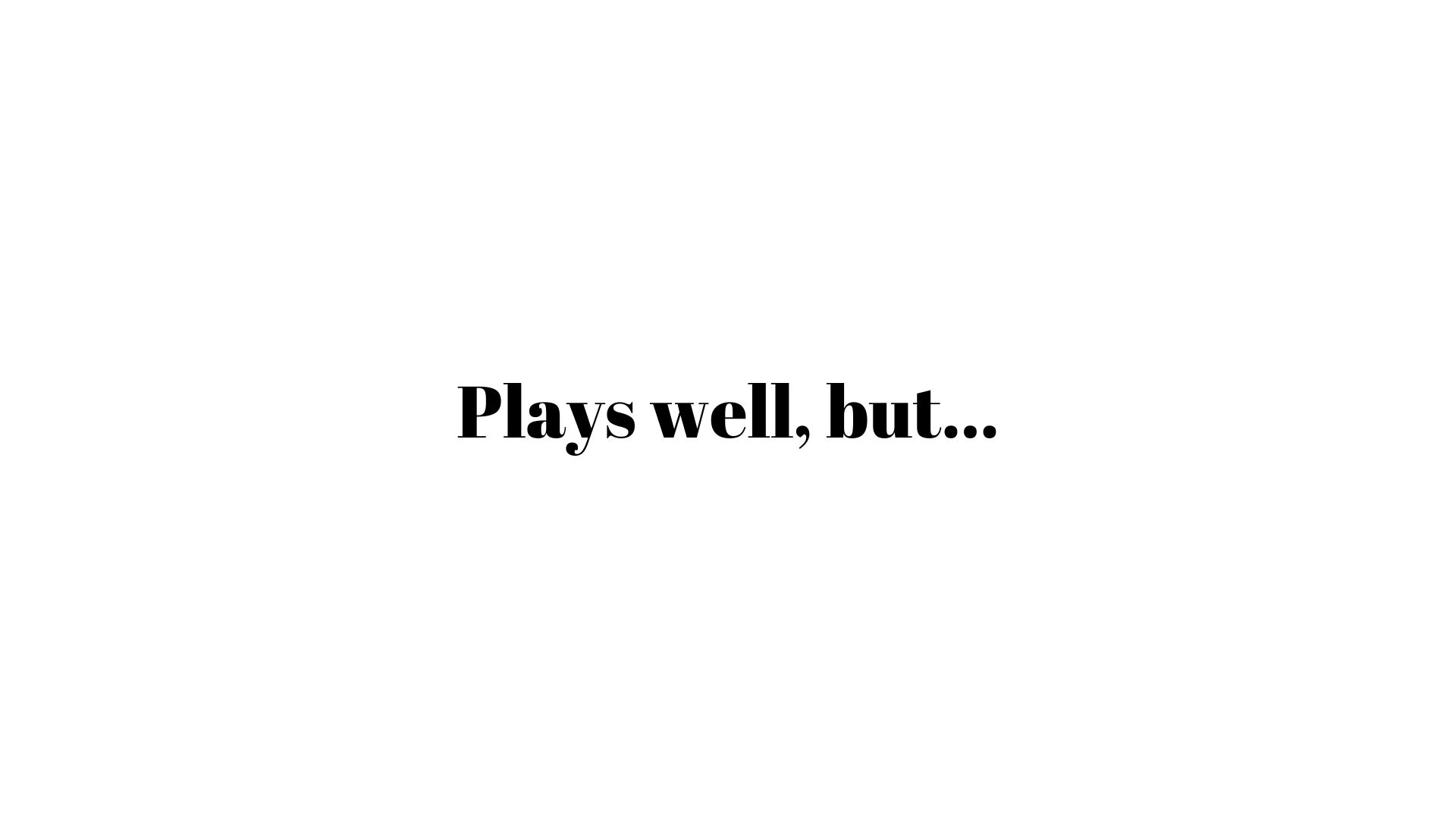
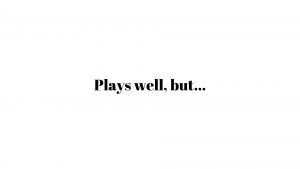
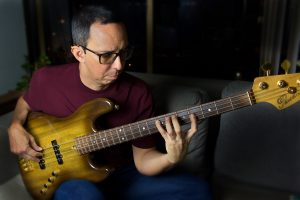 Although I have felt truth on many people’s words, I also have felt people using the coordinating conjunction but to counterbalance their own weaknesses. Better explaining, if I don’t have enough skills to develop a good melody on a solo, for example, and I watch a good improviser in a concert, I can try to find a weakness on their performance and put it into the same comment to nullify their skills. In other words, if I say “his solos are good, but his bass tone is terrible,” I might be saying that I have something better than him, therefore he is not that good musician or not better than me. I am using my comment to massage my ego.
Although I have felt truth on many people’s words, I also have felt people using the coordinating conjunction but to counterbalance their own weaknesses. Better explaining, if I don’t have enough skills to develop a good melody on a solo, for example, and I watch a good improviser in a concert, I can try to find a weakness on their performance and put it into the same comment to nullify their skills. In other words, if I say “his solos are good, but his bass tone is terrible,” I might be saying that I have something better than him, therefore he is not that good musician or not better than me. I am using my comment to massage my ego.